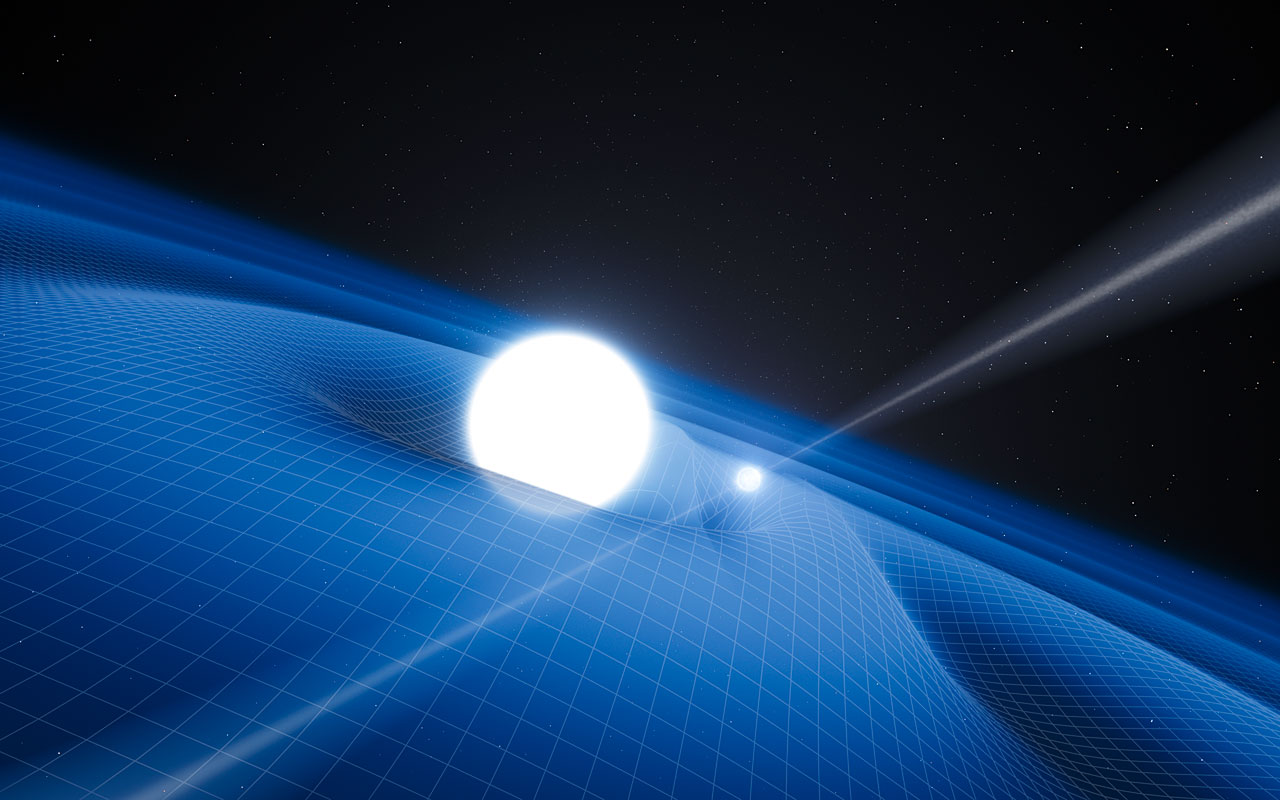UNSW challenges fundamental physics
 UNSW scientists are putting the most fundamental laws of the universe to the test, searching for evidence the constant of gravity may not be so constant.
UNSW scientists are putting the most fundamental laws of the universe to the test, searching for evidence the constant of gravity may not be so constant.
The team have studied a distant star whose gravity is more than 30,000 times stronger than Earth, trying to find if the electromagnetic force (known as alpha) from the white dwarf star is as it should be. Their results have been published and reportedly do not contradict the variable constant theory.
Previous research by the same team looking at distant quasars lead to the theory that alpha forces may vary across the universe. Dr Berengut from the UNSW School of Physics says it is a wild claim in his community; “This idea that the laws of physics are different in different places in the cosmos is a huge claim, and needs to be backed up with solid evidence... a white dwarf star was chosen for our study because it has been predicted that exotic, scalar energy fields could significant alter alpha in places where gravity is very strong. Scalar fields are forms of energy that often appear in theories of physics that seek to combine the Standard Model of particle physics with Einstein’s general theory of relativity.”
By measuring the value of alpha near the white dwarf and comparing it with its value on Earth and in the laboratory, the team was able to indirectly probe whether the alpha-changing scalar fields actually exist.
Dr Berengut says more precise measurements of iron and nickel ions on Earth are needed to complement the high-precision astronomical data, at which point they “would be able to measure any change in alpha down to one part per million. That would help determine whether alpha is a true constant of Nature, or not,” he said.
More information is available from UNSW on the researchers' goals and outcomes.








 Print
Print